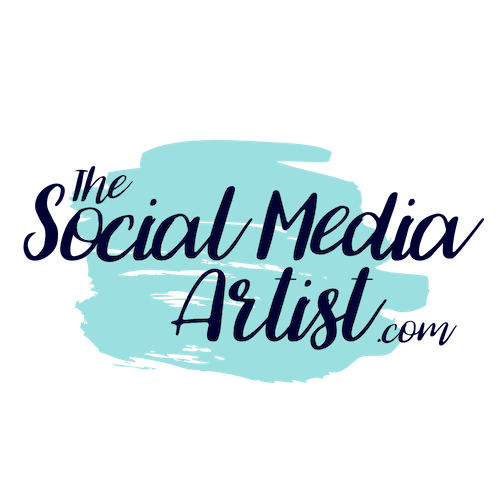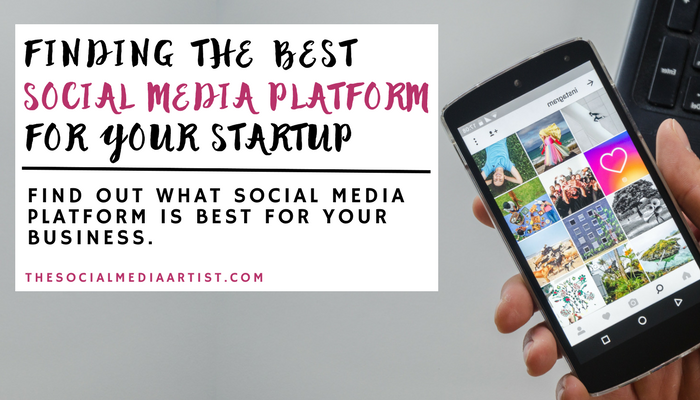One of the most important things when it comes to social media marketing is knowing where your target audience lives online. Every social media platform has its own benefits as well as specific purposes that make it unique. While being able to effectively use more than one is ideal, it isn’t realistic for a startup. Do you have the time or resources to focus on more than one platform? If not, taking the time to properly focus on one is better than having a poor presence on many.
We took a look at five of the biggest social platforms and gathered data on average user age, gender, and more to make finding your best social media platform a walk in the park.
Key stats:
- 1.9 billion unique monthly users
- 83% of online women, 75% of online men
- Primarily ages 18-49
Facebook is an excellent social media platform for building a community and engaging with followers. Being able to like and reply to followers’ comments and posts promotes healthy customer relationships and feedback. It is also a great platform for posting multiple kinds of content all in one place. If you plan on sharing a mixture of content including photos, videos, updates and general news, then Facebook is the place to be.
Pros
- Central hub for a variety of content
- Different forms of engagement (likes, loves, wows, comments, shares etc.)
- Biggest social platform
Cons
- Over saturated with other business pages
- Millennials are more present on other social networks
- Low organic reach means heavy reliance on boosted posts and ads
Youtube
Key stats:
- 1 billion unique monthly users
- 55% male, 45% female
- Primarily ages 18-49
YouTube reaches more 18-49 year olds than any cable network, and it is an absolutely critical place to be if your brand’s primary focus is video content. User comments allow for followers to leave feedback, general brand and content opinions, as well as ideas for new video content they’d like to see. Another great thing about YouTube is that it is owned by Google, meaning it is given priority over other platforms in Google search results! So if you think that your brand would benefit mainly from video content such as how to videos, vlogs, or video reviews, then get on YouTube immediately.
Pros
- Biggest video platform
- Improves search results (owned by Google)
- Great way to build a community
Cons
- Strictly for video content and video content only
- High quality video content can be time consuming
- High volume of negative comments and ‘trolls’
Key stats:
- 600 million unique monthly users
- 38% of online women, 26% of online men
- 90% of users are under 35
Instagram is one of the fastest growing social platforms out there, with a primary focus on visual content. 53% of Instagram users follow brands, making it a great place for businesses to be. It is also a great platform for running photo contests and prize giveaways, using branded hashtags to get followers participating. If your startup revolves around products or services that would best be represented visually (retail, food etc.) then being on Instagram is a no brainer. But be careful! Visual content should be visually appealing, so having high quality photos and videos with proper composition, lighting and direction is key to keep up with competition.
[Tweet “53% of Instagram users follow brands, making it a great place for businesses to be.”]
Pros
- Fast growth
- Majority of users follow brands
- Huge millennial user base
Cons
- Not a big platform for users over 35
- Not the best platform for communicating with customers
- High quality photo and video content can be time consuming
Key stats:
- 317 million unique monthly users
- 22% of online men, 15% of online women
- Primarily ages 18-29
Given that Twitter is primarily a copy based social platform, it is fantastic for creating a dialogue with your customers. Regular news updates along with general questions and concerns can be main focal points for creating personable conversations with your customers. Not to mention, hashtags are huge on Twitter; they can be strategically utilized to improve brand awareness and allow customers to easily find you through relative searches. If your main focus as a brand is offering exemplary customer service, building relationships and creating engaging dialogue directly with your customers, then Twitter is the platform for you.
Pros
- One of the best platforms for building customer relationships
- Hashtags make it easier to be discovered
- Not a lot of resources required
Cons
- Low character limit when posting
- Can be confusing to new users
- User growth is stalling
Snapchat
Key stats:
- 300 million unique monthly users
- 70% female, 30% male
- Primarily ages 18-24
Snapchat is another one of the fastest growing social networks, and is also one of the most personable. With the ability to create real-time marketing efforts that cater specifically to your audience, Snapchat can give your followers a behind the scenes look into your brand. Geofilters can also be used to spruce up live events, getting fans and followers more engaged through the sharing of snaps with your custom branded filters. If events, constant sharable moments and regular follower engagement are a big part of your brand, then Snapchat is a great platform to get started on.
Pros
- Extremely fast growing
- Huge platform for millennials
- Great for creating personable posts
Cons
- Brand becomes more transparent
- Tracking success is more difficult than on other platforms
- No ability to like, comment, etc.
Hopefully this article helps you get off on the right foot when it comes to selecting the best social media platform for your startup. Regardless of whatever platform(s) you choose, just remember that nobody likes to be constantly delivered a sales pitch. Keep the majority of your posts personable and natural in order to promote engagement and attract new followers. This is social media, so let’s keep it fun!

